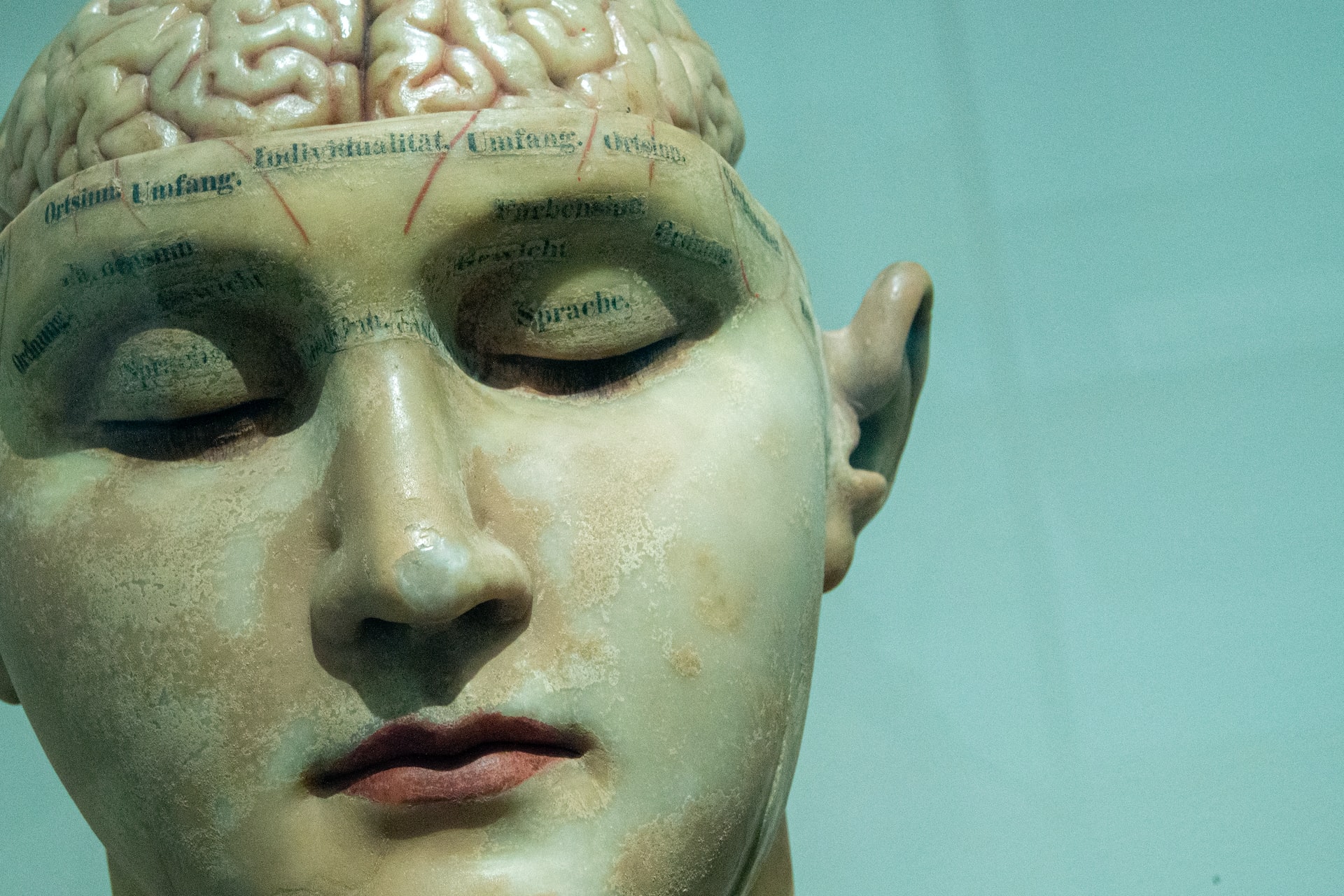Breathiness in Alzheimer’s Patient Speech
Alzheimer’s disease is a debilitating neurological disorder that affects millions of people around the world. It is a progressive disease that gradually destroys memory and cognitive function, making it difficult for patients to communicate and interact with others. One of the most common symptoms of Alzheimer’s is breathiness in speech, which can significantly impact the quality of life for both patients and their loved ones.
Breathiness in speech refers to a weak, husky, or hoarse voice that lacks clarity and volume. In Alzheimer’s patients, this symptom is caused by changes in the brain that affect the muscles responsible for producing speech. The vocal cords become weak, leading to an inability to control airflow and produce clear sounds. As a result, the patient’s voice may sound raspy, shaky, or even muffled.
The exact cause of breathiness in Alzheimer’s patients is not fully understood, but researchers believe it is due to a combination of physical and neurological factors. As the disease progresses, patients may experience muscle weakness and vocal cord paralysis, leading to breathiness. Additionally, changes in the brain can affect speech production and coordination, making it challenging to form words and control the volume and tone of the voice.
Breathiness in speech not only affects the patient’s ability to communicate effectively but also impacts their confidence and self-esteem. Imagine not being able to express your thoughts or needs clearly; it can be frustrating and disheartening for Alzheimer’s patients. They may become withdrawn and avoid social interactions, leading to feelings of isolation and loneliness.
Furthermore, breathiness in speech can also cause difficulties for caregivers and family members who may struggle to understand their loved one’s needs and wants. This can lead to communication breakdowns and frustration on both sides.
While there is no cure for Alzheimer’s disease, there are ways to manage breathiness in speech and improve communication for patients. Speech therapy can be beneficial in strengthening the vocal cords and teaching patients techniques to control their breathing and improve articulation. These exercises can also help slow down the progression of breathiness in speech.
In addition to speech therapy, there are also assistive devices and technologies that can aid in communication for Alzheimer’s patients with breathiness in speech. Voice amplifiers and electronic communication boards can help boost the volume and clarity of the patient’s voice. These devices are especially useful for those with severe breathiness or who have difficulty forming words.
It is also essential for caregivers and family members to be patient and understanding when communicating with Alzheimer’s patients who have breathiness in speech. It may take longer for them to express themselves, so it is crucial to give them time to speak and avoid interrupting or finishing their sentences.
Moreover, it is essential to create a supportive and positive environment for Alzheimer’s patients. Encouraging them to speak and engaging in meaningful conversations can help boost their confidence and self-esteem. Simple activities like singing, reading aloud, or telling stories can also help improve breathiness in speech, as these activities exercise the vocal cords and engage the brain.
In conclusion, breathiness in speech is a common symptom of Alzheimer’s disease that affects communication for patients. While there is no cure, there are various ways to manage this symptom and improve the quality of life for those living with Alzheimer’s. Speech therapy, assistive devices, and a supportive environment can all contribute to better communication and a more fulfilling life for both patients and their loved ones.





